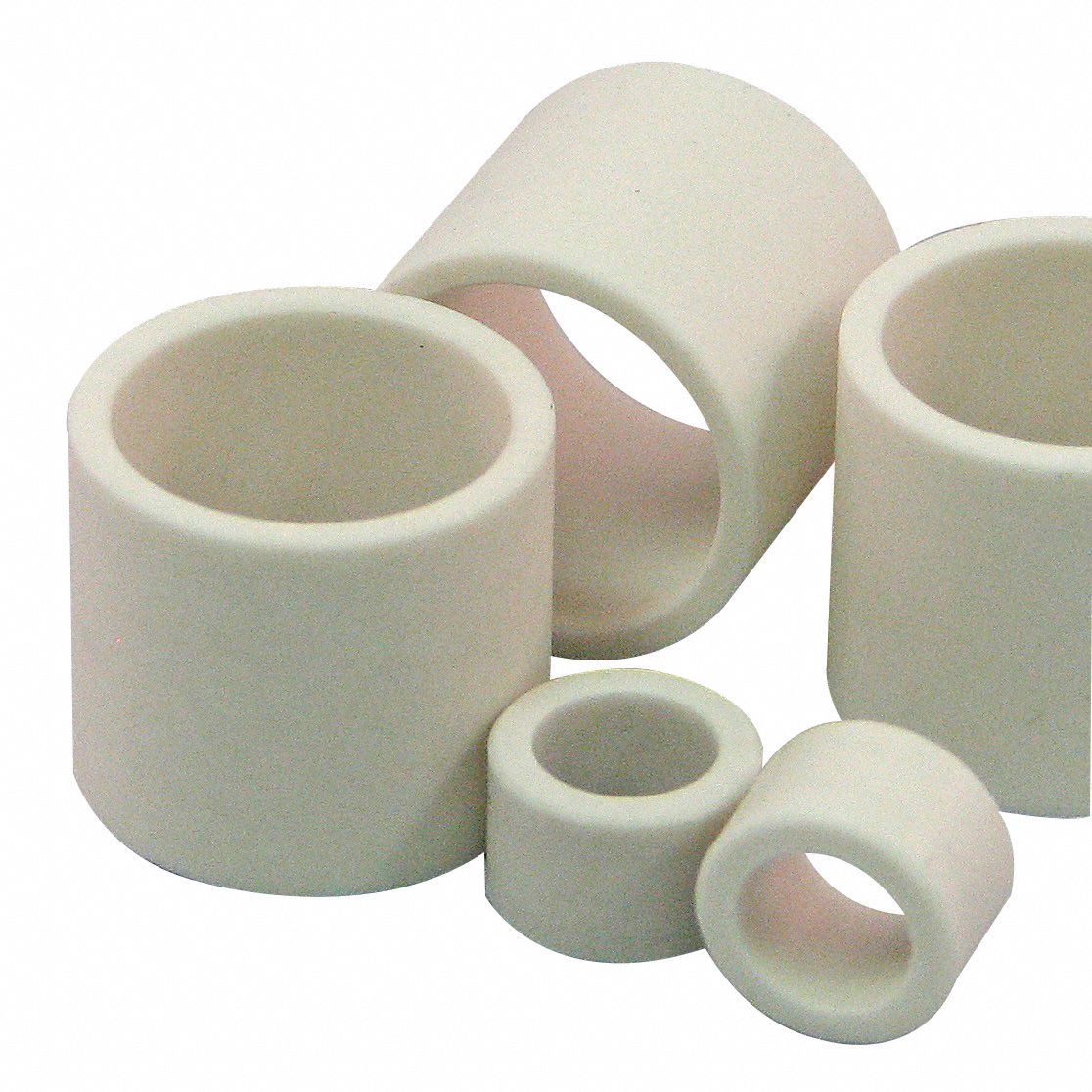Bunting bearing is a critical component in various machinery and engineering applications. It plays a vital role in reducing friction and wear between moving parts, ensuring smooth operations and longevity of equipment. In this article, we will delve deeply into the world of bunting bearings, exploring their types, advantages, applications, and much more. By the end of this article, you will have a comprehensive understanding of bunting bearings and their significance in industrial settings.
The concept of bunting bearings may seem simple, but their functionality is complex and crucial to many industries, including automotive, aerospace, and manufacturing. Their ability to support loads while allowing for relative motion makes them indispensable. This article aims to provide insight into bunting bearings, making it accessible to both experts and novices alike.
As we explore bunting bearings, we will cover various aspects including their design, materials, maintenance, and troubleshooting. With the right knowledge, you can ensure the optimal performance of machinery and extend the life of your equipment. So, let’s dive in and uncover everything you need to know about bunting bearings!
Table of Contents
- What is Bunting Bearing?
- Types of Bunting Bearings
- Advantages of Bunting Bearings
- Applications of Bunting Bearings
- Materials Used in Bunting Bearings
- Maintenance of Bunting Bearings
- Troubleshooting Bunting Bearings
- Conclusion
What is Bunting Bearing?
Bunting bearing is a type of bearing that supports rotating shafts and is designed to minimize friction between moving parts. It typically consists of a sleeve or bushing that is fitted around a shaft, with a space between the shaft and the bearing to allow for lubrication. This design helps to reduce wear and tear on both the bearing and the shaft, making bunting bearings essential in many mechanical systems.
Types of Bunting Bearings
There are several types of bunting bearings, each suited for specific applications:
- Plain Bearings: The simplest type of bunting bearing, consisting of a plain surface that provides support.
- Thrust Bearings: Designed to support axial loads, these bearings are essential in applications where forces are applied along the shaft's axis.
- Self-Lubricating Bearings: These bearings contain lubrication materials within their structure, reducing the need for external lubrication.
- Composite Bearings: Made from a combination of materials, they offer enhanced performance and durability.
Advantages of Bunting Bearings
Bunting bearings offer several advantages that make them a preferred choice in various applications:
- Reduced friction, leading to increased efficiency and performance.
- Extended equipment life due to reduced wear.
- Versatility in applications, suitable for both high and low-speed operations.
- Cost-effectiveness due to lower maintenance requirements.
Applications of Bunting Bearings
Bunting bearings are utilized in a wide range of industries, including:
- Automotive: Used in engines, transmissions, and wheel hubs.
- Aerospace: Essential in aircraft engines and landing gear systems.
- Manufacturing: Common in conveyor systems, pumps, and heavy machinery.
- Marine: Utilized in ship propulsion systems and marine equipment.
Materials Used in Bunting Bearings
The materials used in bunting bearings significantly affect their performance and durability. Common materials include:
- Bronze: Known for its excellent wear resistance and self-lubricating properties.
- Polymer: Lightweight and corrosion-resistant, suitable for various applications.
- Steel: Offers high strength and durability, often used in heavy-duty applications.
Maintenance of Bunting Bearings
Proper maintenance of bunting bearings is essential for ensuring their longevity and performance:
- Regularly inspect bearings for signs of wear and damage.
- Ensure adequate lubrication to prevent overheating and friction.
- Replace bearings as needed to avoid equipment failure.
Troubleshooting Bunting Bearings
If you experience issues with bunting bearings, consider the following troubleshooting steps:
- Check for proper alignment of the bearing and shaft.
- Inspect lubrication levels and apply as necessary.
- Examine for signs of contamination or foreign materials.
Conclusion
In conclusion, bunting bearings play a crucial role in various mechanical systems by reducing friction and wear. Their versatility, coupled with the advantages they offer, makes them indispensable in numerous industries. By understanding the types, applications, and maintenance of bunting bearings, you can ensure optimal performance of your machinery.
We encourage you to share your thoughts in the comments below, or explore more articles on our site to further enhance your knowledge.
Sources
- Engineering Toolbox - Bearings
- Bearing Technology - Types of Bearings
- Machine Elements - Bearing Maintenance


![Bunting Bearing Cast Bronze Sleeve Bushing CB222624 [Lot of 2] NOS](https://i2.wp.com/governmenttransitsurplus.com/cdn/shop/products/img2268_4f6b22f4-5698-4a5f-96e1-7f77806e3d19_934x700.jpg?v=1681309737)
